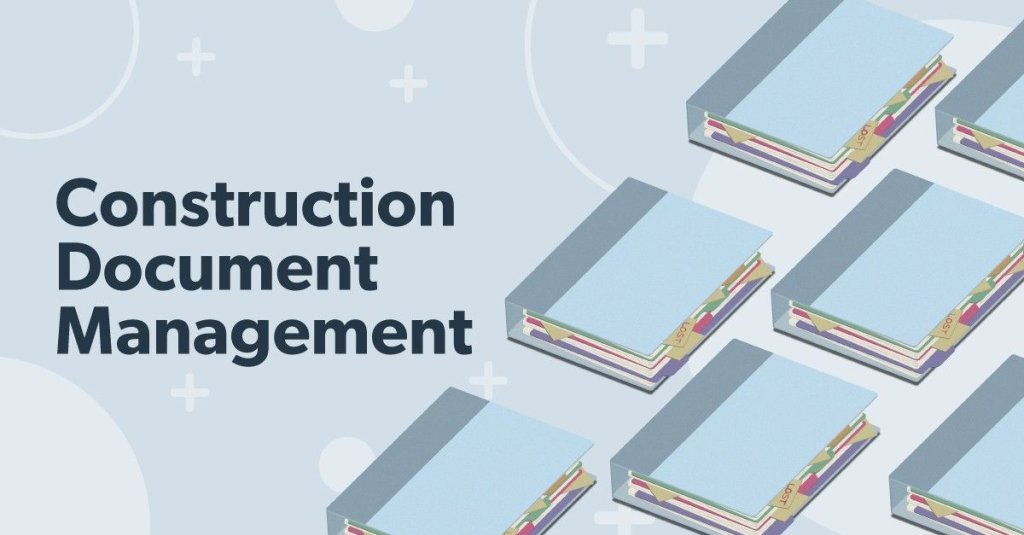Enhancing Process Efficiency: Engineer's Professional Techniques for Building And Construction Paper Management
In the world of architectural layout and building, the meticulous administration of documents stands as a cornerstone for project success. Designers employ different strategies to improve operations effectiveness and simplify building document administration procedures. From adept company techniques to the combination of joint platforms and the execution of secure data monitoring services, designers browse a complex landscape of devices and techniques. Nonetheless, amidst this complexity, a pick few expert methods have actually become indispensable in enhancing operations performance. These approaches not only ensure smooth job progression however likewise hold the vital to opening boosted productivity and accuracy in the detailed world of building and construction document management.
Trick Record Company Methods
When handling building files, one of the vital strategies that designers utilize is establishing a reliable and methodical organization system. This system usually involves classifying papers based on their type, such as illustrations, specs, contracts, and permits. By creating distinctive and clear categories, engineers can swiftly locate specific details when needed, conserving time and decreasing mistakes in the construction procedure.
Within each group, architects even more arrange records by utilizing or developing subfolders numbering systems to represent revisions or variations (construction document management). This hierarchical structure guarantees that one of the most existing and pertinent information is quickly accessible while preserving a document of modifications made throughout the task timeline
In addition, architects frequently utilize digital file administration platforms that provide features like keyword search functions, version control, and access restrictions to enhance organization and collaboration amongst task stakeholders. These devices simplify the record access process, promote real-time updates, and help with seamless communication, ultimately adding to the total success of the building and construction job.
Collaborative Platform Combination
To optimize document monitoring performance in building and construction tasks, designers perfectly integrate joint systems to improve communication and streamline control amongst project stakeholders. By leveraging collective platforms such as job administration software, cloud-based storage space systems, and communication devices, architects can develop a centralized hub for all project-related files and interaction channels. These platforms permit staff member to accessibility, evaluation, and collaborate on records in real-time, minimizing delays and the threat of mistakes associated with typical file management techniques.
Collective system integration likewise cultivates transparency and accountability within the job group, as all stakeholders have exposure right into the newest job updates and alterations. By centralizing communication and paper sharing, engineers can ensure that all staff member are functioning from the most up-to-date info, lessening the chances of misconceptions or conflicts developing as a result of outdated files.
Moreover, joint systems enable seamless collaboration between architects, professionals, clients, and other job stakeholders, promoting an extra natural and reliable task operations. By damaging down interaction obstacles and facilitating details exchange, engineers can drive performance and technology in construction projects, ultimately leading to successful task end results.
Variation Control Finest Practices
Executing efficient version control practices is essential for maintaining file accuracy and uniformity in building and construction tasks. By establishing a clear system for managing revisions, task groups can make sure that everybody is working from the most current documents, minimizing the danger of errors and disparities throughout the construction stage.
Among the essential best techniques for variation control is to designate unique identifiers to each document variation. This can be accomplished by using a numbering system or day stamp that clearly shows the order of modifications. By clearly classifying each version, employee can easily track the progression of the document and determine the most current version.

Automation Tools for Performance

File control software application, like Procore or PlanGrid, systematizes task documents, making it conveniently accessible to all stakeholders. These platforms allow for real-time collaboration, version control, and automated backups, protecting against data loss. Furthermore, Structure Info Modeling (BIM) software program automates the generation of building and construction illustrations and makes certain that adjustments are integrated throughout all relevant papers.
Incorporating automation devices with cloud storage space options additionally boosts access and protection. By automating the record monitoring procedure, job teams can focus their time and initiative on value-adding tasks, eventually enhancing productivity and project end results.
Secure Information Administration Solutions
Effectively securing and managing job information is paramount in the building and construction industry to make sure discretion and integrity throughout the job lifecycle. Building firms can use encrypted cloud storage space services to safely save and share job papers with licensed personnel.
Additionally, making use of electronic rights administration (DRM) devices includes an extra layer of safety by protecting against the unauthorized distribution or replication of job records. Regular data back-ups are vital to mitigate the danger of data loss as a result of unforeseen circumstances like hardware failings or cyber-attacks. Collective systems with built-in security functions allow smooth interaction and documents sharing amongst task group participants while maintaining data integrity.
Conclusion
In conclusion, carrying out crucial record company strategies, incorporating collective systems, practicing version control best practices, utilizing automation tools, and adopting secure data administration options are vital techniques for improving process effectiveness in building document monitoring. These skilled methods can enhance processes, boost communication, guarantee accuracy, and keep data protection throughout the building task lifecycle.
In the world of building style and building and construction, the thorough administration of files stands as a cornerstone for task success. These methods not only ensure smooth task progression but additionally hold the essential to unlocking improved productivity and accuracy in the elaborate realm of building and construction paper management.
To maximize file monitoring effectiveness in construction jobs, architects effortlessly integrate joint platforms to improve interaction and enhance coordination amongst project stakeholders. These platforms permit team participants to access, evaluation, and team up on anchor files in real-time, lowering delays and the threat of errors connected with typical file monitoring methods.
Making use of automation tools in building record management dramatically enhances effectiveness and simplifies processes for job groups. construction document management.